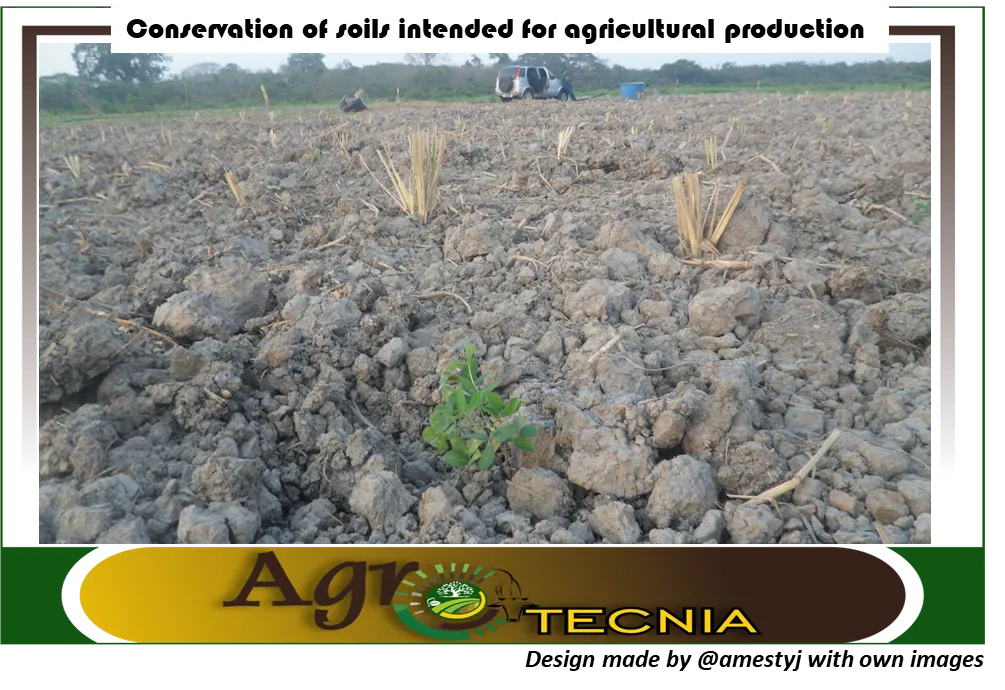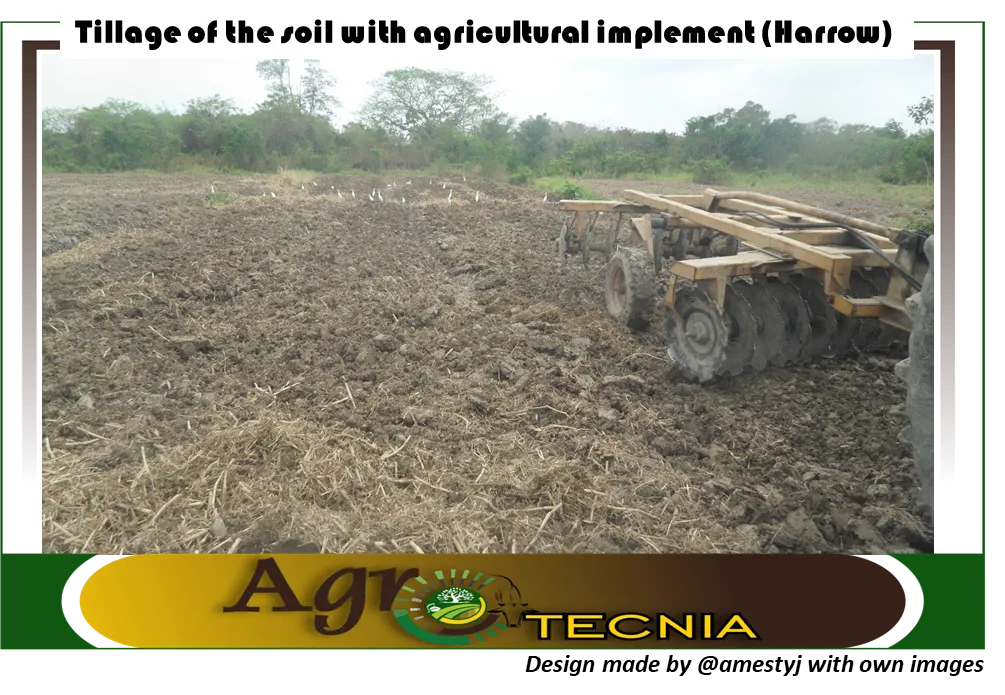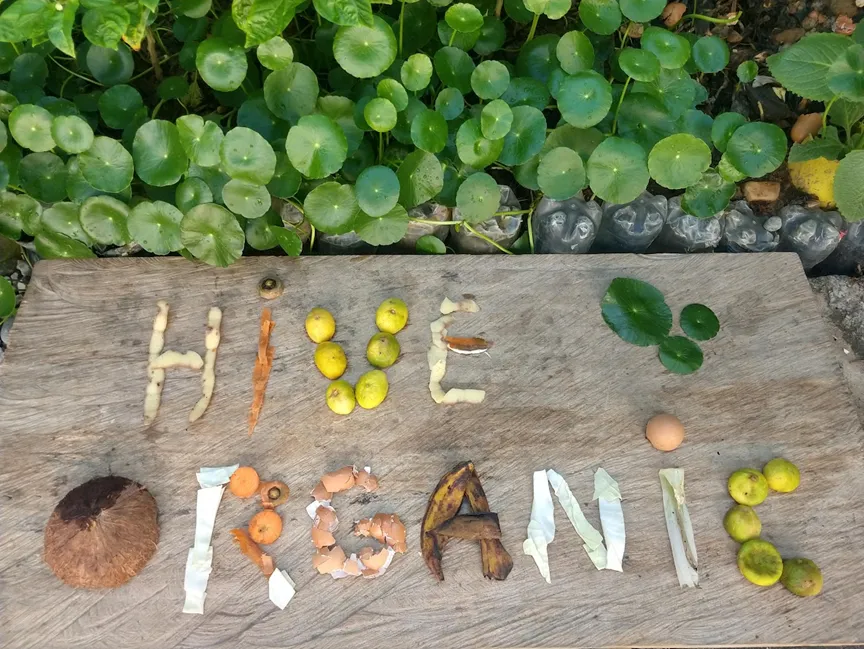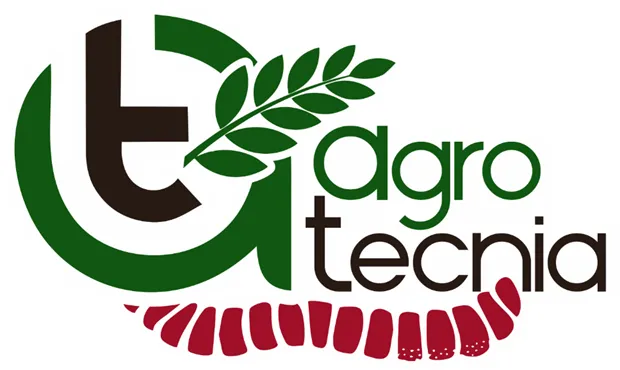Dear readers, soil is one of the most important components of agricultural ecosystems, since, it provides support and contains the nutritional elements necessary for the growth and development of plants; for a soil to be fertile it must maintain adequate physical, chemical and biological characteristics, for this, the producer must implement agronomic practices that do not negatively interfere with the aforementioned characteristics. When soils are used for intensive planting of crops, a deficiency of some nutritional elements present in it can be created, therefore, it is important to implement agroecological practices such as crop rotation, application of organic fertilizers among other alternatives such as nutrient recycling with crop association.

In this same order of ideas, there are also factors such as wind and water that can cause the disintegration of the Earth's surface, for example, in the case of inclined surfaces that have very heavy soils (clayey), when rainfall is abundant the soils become saturated and the water begins to move on the surface causing a drag of the surface particles, technically known as laminar erosion.
For the aforementioned, the topography of the terrain should be considered in agricultural ecosystems, since, the steeper its inclination, the greater the runoff of water from rains on the soil surface, also determine the type of soil present in the production unit, clay soils saturate quickly and therefore it is important to elaborate drains to prevent flooding and decrease the biologic activity of the soil (micro and meso organisms), on the other hand, the excessive use of agricultural implements for tillage such as plowing and harrowing should be avoided, to avoid spraying the soil and making it more vulnerable to the aforementioned erosion factors.

It is obvious that the aforementioned situations could be reflected in many agricultural ecosystems, so, below, we will share with you some tips to try to conserve the soil and prevent it from degrading.
First of all, it is recommended to carry out minimum tillage of the soil, to prevent it from being pulverized by the continuous use of harrow and plow, for this, implements have been designed that perform combined work with a single pass, it is like a kind of combined cultivator, zero tillage can also be implemented, which consists of leaving the residues of the previous harvest so that it decomposes and the new crop is sown in the soil full of organic residues. From our point of view the minimum and zero tillage is important because we have observed how in some production units they carry out several passes of these implements without any control, among the advantages that minimum and zero tillage has is that it does not alter the soil structure, facilitates planting, and reduces the operating costs of machinery.

In the same way, another practice that can help us to conserve the soil is crop rotation, this practice is also used for the protection of crops by pests, but as for the benefit of the soil, it prevents plants from the same family from exhausting specific nutritional elements, since crops from different families alternate having different nutritional needs. In that sense, some researchers such as Duran (2009), recommend that at the end of each rotation plant legume crops, which allows the recycling of certain nutrients such as nitrogen, which we already know is important for plant growth.
Finally, another practice that can be implemented are cover crops, which helps to reduce soil erosion and provides nutrients depending on the type of plants used, cover crops can be creeping plants that cover the ground protecting them from the action of water and wind, it also helps to maintain humidity and contributes to weed control, since there is no direct entry of sunlight on the soil surface.
| Final considerations |
|---|
Dear readers, these are just some of the factors and practices that should be considered in agro ecosystems for soil conservation, for us the essence of agriculture is in the soil, where the biota generates a series of processes to maintain the structure and fertility of the soil. Therefore, when conventional activities for the cultivation of these are applied indiscriminately, we are degrading the structure and bilogy of this important agricultural component.
| Bibliographic references |
|---|
Duran, F (2009). Soil management and conservation study. Latin Group. Bogota: Colombia.
Castillo, N. (2005). Introduction to the study of soil and fertilizers. Spasande. Caracas: Venezuela.



From agrotecnia we reiterate our gratitude to our followers and all the communities that value our agricultural content, this commits us to continue sharing quality information with the whole hive.


